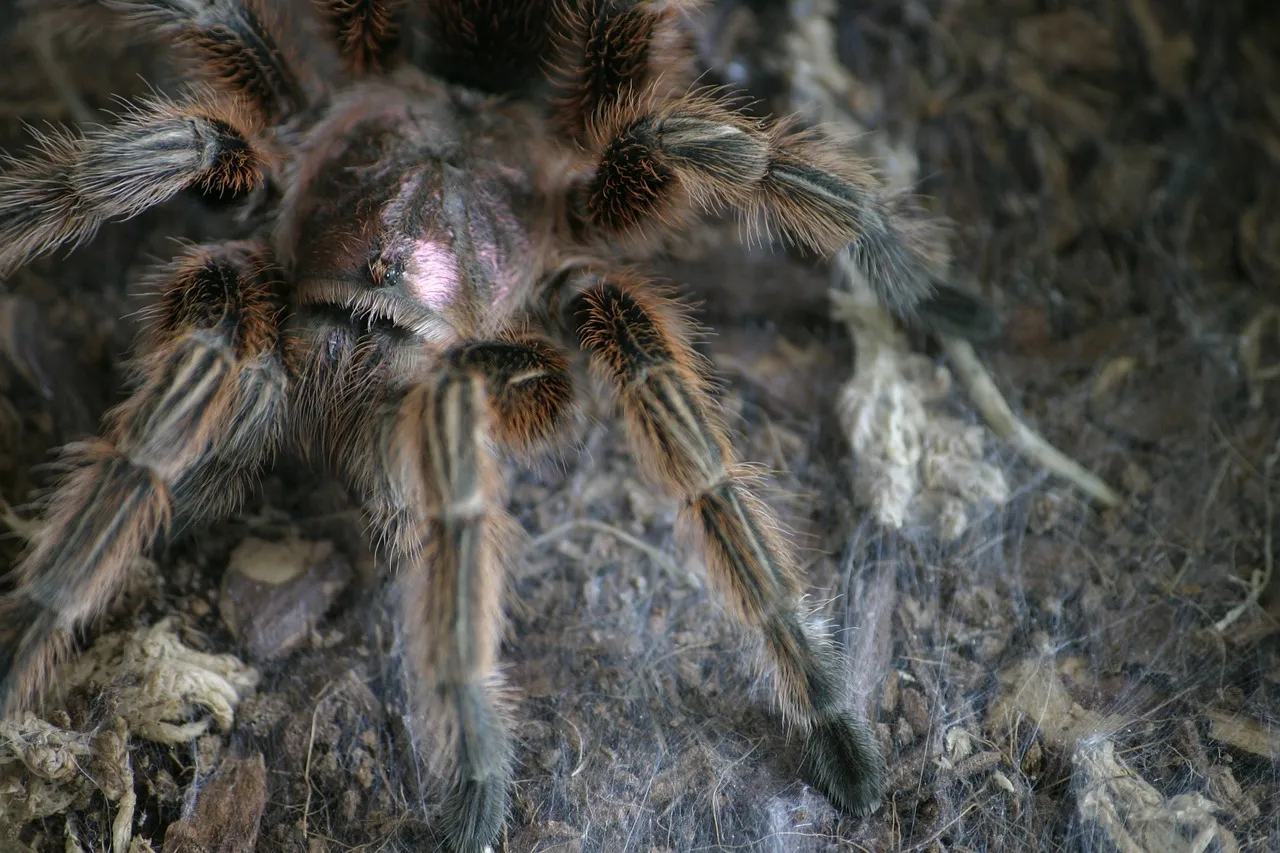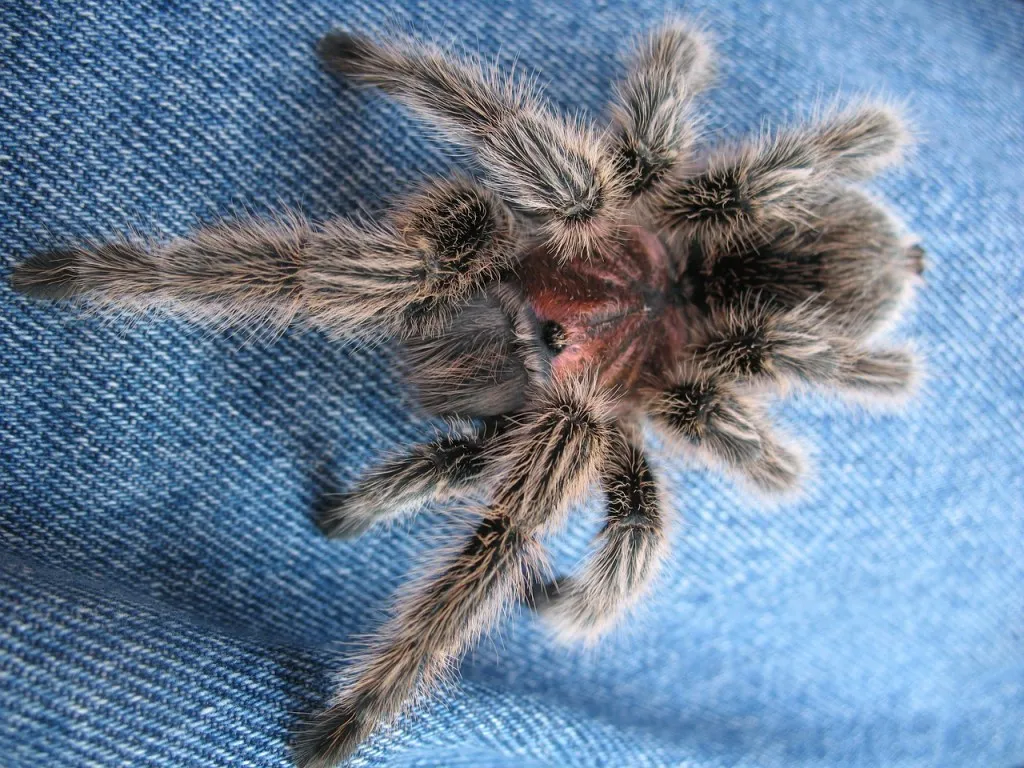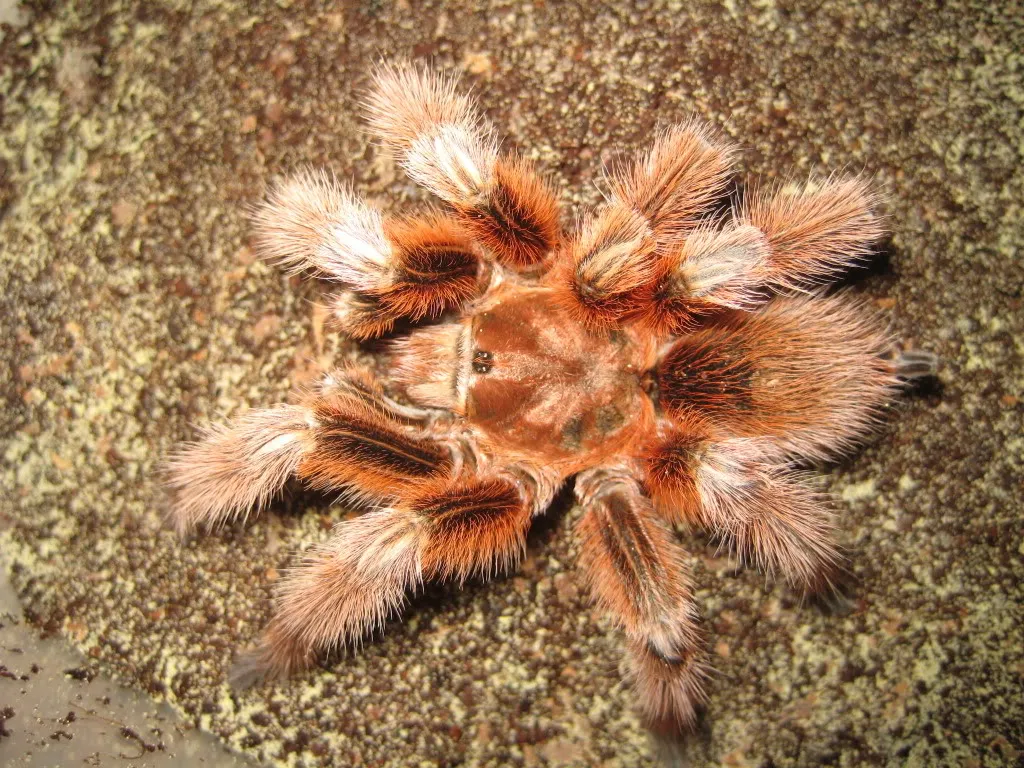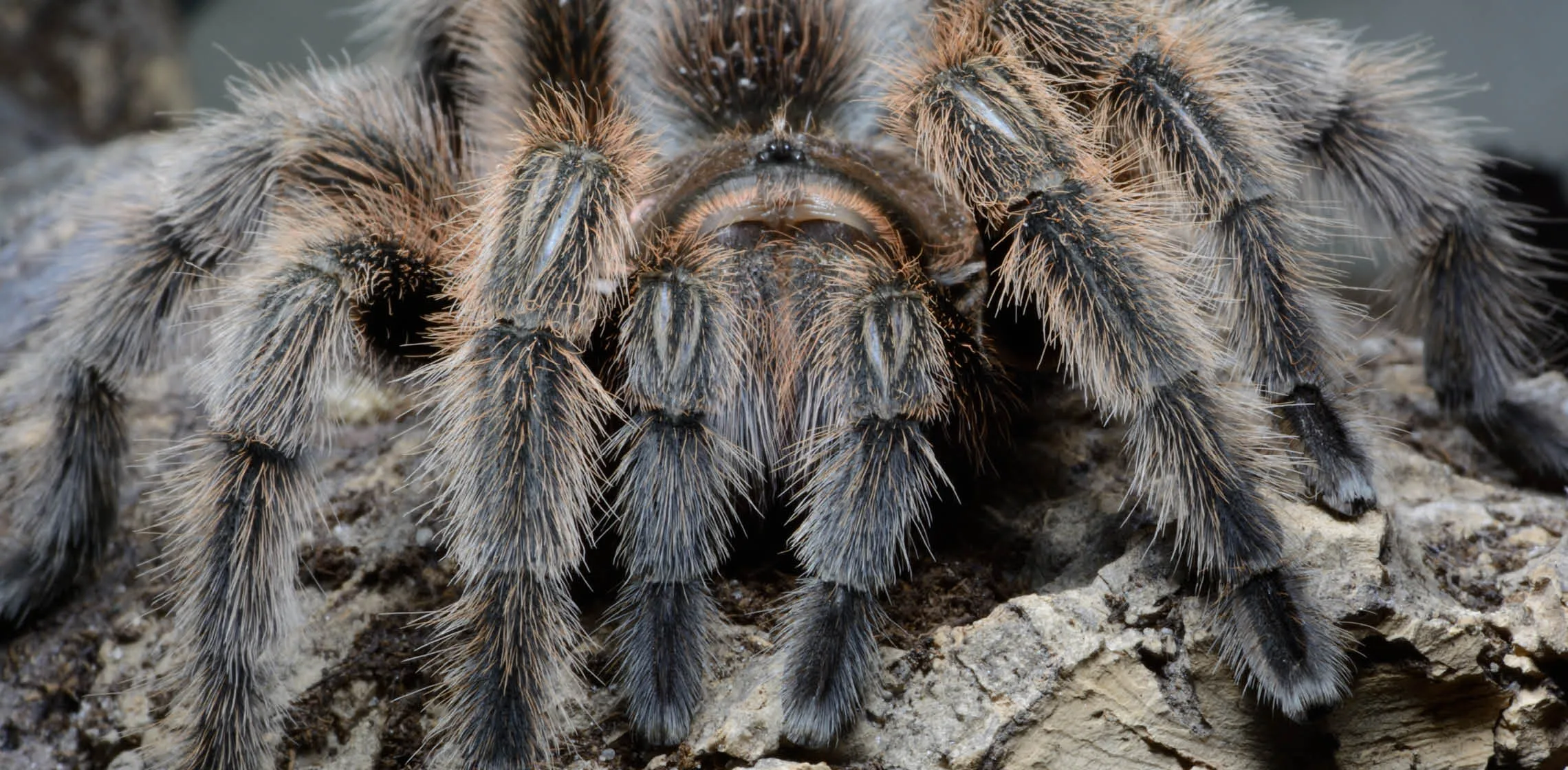The Chilean Rose Tarantula, a popular choice among tarantula enthusiasts, is known for its docile temperament and relatively easy care requirements. One of the key aspects of caring for these fascinating creatures is understanding their weight. Knowing the average weight, and the factors that influence it, can help you ensure your pet is healthy and thriving. This guide will delve into the specifics of Chilean Rose Tarantula weight, providing you with the knowledge you need to be a responsible tarantula owner.
Understanding Chilean Rose Tarantulas
Before discussing weight, it’s essential to understand the basics of Chilean Rose Tarantulas. These spiders, scientifically known as Grammostola rosea, are native to the deserts of Chile, Bolivia, and Argentina. They are terrestrial spiders, meaning they live on the ground, and are relatively slow-moving. Their lifespan can be quite long, with females living up to 20 years or more in captivity, while males typically live for a shorter period. Their size and weight are crucial indicators of their overall health and well-being, and understanding these aspects will help you provide the best possible care for your pet.
The Average Weight of a Chilean Rose Tarantula
The weight of a Chilean Rose Tarantula can vary, but a general understanding of the average range is useful. Adult females, being larger than males, typically weigh between 50 to 100 grams. The size difference is quite noticeable as females can have a leg span of up to 6 inches, while males are generally smaller. The weight also correlates with the spider’s overall health, nutritional intake, and molting cycle. Regularly monitoring your tarantula’s weight can help you identify potential health issues early on, allowing for timely intervention and care.
Factors Influencing Chilean Rose Tarantula Weight

Several factors can affect the weight of a Chilean Rose Tarantula. Recognizing these influences will help you better understand your pet’s needs and provide appropriate care. From gender differences to the type and amount of food they consume, several elements play a significant role in weight fluctuations. Hydration, age, and the environment also play a role in your tarantula’s overall health and weight. Understanding these factors is crucial for responsible tarantula ownership.
Gender
As mentioned, female Chilean Rose Tarantulas tend to be larger and heavier than males. This is due to their larger body size and longer lifespans. Males often reach their full size and weight much faster, but their overall size remains smaller than females. The weight difference between genders is noticeable, making it essential to know your tarantula’s gender to set realistic expectations.
Age
The age of your tarantula is a major factor. Young tarantulas, or spiderlings, will be much lighter than adults. As they grow, their weight will steadily increase with each molt. The growth rate slows down as they reach adulthood. Regular weight monitoring helps track this growth. Older tarantulas may experience weight fluctuations due to slowed metabolisms or health issues, underscoring the importance of consistent observation.
Diet and Feeding

Diet and feeding habits directly impact a tarantula’s weight. Overfeeding can lead to obesity, while underfeeding results in weight loss and potential health problems. A balanced diet of appropriately sized insects, such as crickets or roaches, is essential. The frequency of feeding should be adjusted based on the tarantula’s age and activity level. Observing the tarantula’s abdomen size helps gauge its nutritional needs; a healthy tarantula will have a rounded abdomen, while an emaciated one will have a smaller, concave abdomen.
Hydration
Hydration is a critical but often overlooked factor influencing a tarantula’s weight and overall health. Tarantulas obtain water from their food and a water dish in their enclosure. Dehydration can lead to weight loss, lethargy, and other health complications. Providing a clean, shallow water dish and misting the enclosure can help maintain proper hydration. A well-hydrated tarantula will appear healthier and more active, with a better weight profile. Regularly check for any changes that might indicate a need for additional moisture, especially during molting.
Comparing Chilean Rose Tarantula Weight to Other Tarantula Species
Compared to other tarantula species, Chilean Rose Tarantulas are of moderate size. They are generally smaller and lighter than larger species like the Goliath Birdeater. Knowing where your tarantula fits in the spectrum of tarantula weights can provide context for its health. While specific weights vary based on gender and age, understanding how the Chilean Rose Tarantula compares to its counterparts helps determine if its weight is within a healthy range. This can be useful in identifying any issues that might need immediate attention.
How to Weigh Your Chilean Rose Tarantula

Weighing your tarantula regularly can provide valuable insights into its health. The process is relatively simple, but you must handle the tarantula with care. To weigh your tarantula, you can use a digital kitchen scale or a small, sensitive scale designed for laboratory use. Gently place the tarantula into a small, lightweight container, such as a deli cup, and place it on the scale. Be sure to zero the scale with the container on it first. Record the weight and make a note of the date. This will help you to track any changes over time.
Importance of Monitoring Weight
Regularly monitoring your Chilean Rose Tarantula’s weight is crucial for identifying potential health issues early. Significant weight loss or gain can be a sign of underlying problems. Tracking the weight over time helps you establish a baseline and spot any deviations from the norm. Changes in weight can indicate various issues, from dehydration to overfeeding or even more serious health concerns. Being able to observe and document these changes allows you to intervene quickly, ensuring the long-term well-being of your pet.
Tools for Weighing Your Tarantula
Several tools can assist you in accurately weighing your Chilean Rose Tarantula. A digital kitchen scale with gram precision is suitable for most tarantulas. It’s essential to use a scale that can measure small weights accurately. You may also want to consider a small, lightweight container. Make sure the container is clean, dry, and appropriate for your tarantula’s size. Keep the scale in a safe place where it won’t be accidentally knocked over. Make sure to regularly check the scale’s accuracy and replace batteries as needed to ensure precise measurements.
When to Be Concerned About Weight

You should be concerned about your tarantula’s weight if you notice significant changes. Sudden or prolonged weight loss could indicate dehydration, illness, or insufficient feeding. Conversely, excessive weight gain could signify overfeeding or other health issues. A tarantula’s abdomen should appear rounded but not excessively large. Any deviation from the normal weight range, coupled with changes in behavior like lethargy or loss of appetite, should prompt a closer inspection of your pet and its environment. If any concerns arise, consult with a veterinarian experienced in exotic animals.
Potential Health Issues
Weight fluctuations can be a sign of various health problems. Dehydration can cause weight loss, and it often occurs if the water source is not available. Parasitic infections or other illnesses can also lead to weight loss and overall health decline. Obesity, often resulting from overfeeding, can strain the tarantula’s organs and shorten its lifespan. Monitoring the tarantula’s overall health and behavior, in conjunction with weight measurements, can help you identify and address potential health issues promptly.
Signs of Overfeeding
Overfeeding your Chilean Rose Tarantula can be just as harmful as underfeeding. One of the main signs of overfeeding is an excessively large abdomen. The abdomen should appear rounded but not distended. Additionally, the tarantula might become less active, refusing to eat, or displaying lethargy. Overfeeding can lead to health complications and shortened lifespans. It’s essential to feed your tarantula according to its age and activity levels, adjusting the amount of food as necessary. Moderation and careful observation are vital to ensuring the well-being of your pet.
Tips for Maintaining a Healthy Weight

Maintaining a healthy weight for your Chilean Rose Tarantula involves several key practices. These include providing a balanced diet, appropriate feeding frequency, proper hydration, and maintaining a suitable environment. Regular weight monitoring is essential, as is observing your tarantula’s behavior. Provide the correct enclosure size with adequate substrate for burrowing. These practices help prevent both under and overfeeding and promote overall health. Keep records of your tarantula’s weight and behaviors to identify any irregularities early.
Dietary Adjustments
Making dietary adjustments is often necessary to maintain a healthy weight. If your tarantula is overweight, reduce the frequency and size of its meals. If it’s underweight, increase the feeding frequency and provide appropriately sized insects. Ensure the insects you provide are nutritious and of good quality. Supplements might be necessary in some cases, but always consult with a veterinarian or experienced tarantula keeper before adding them to the diet. Adjust the diet to suit the tarantula’s specific needs.
Creating an Optimal Environment
The environment in which your Chilean Rose Tarantula lives plays a crucial role in its weight and health. The enclosure should be appropriately sized, with the correct substrate, temperature, and humidity levels. Provide a hide or burrow where the tarantula can feel safe and secure. Maintaining the correct environmental conditions helps the tarantula thrive. Ensure proper ventilation to prevent the build-up of harmful bacteria and molds. A well-maintained environment encourages a healthy appetite, promotes normal activity, and contributes to a healthy weight profile.
In conclusion, understanding the weight of your Chilean Rose Tarantula is a fundamental part of responsible pet ownership. By knowing the average weight range, the factors that influence it, and how to monitor it, you can ensure your tarantula thrives. Regular monitoring, observation, and a balanced approach to care are the keys to maintaining a healthy and happy tarantula. By following the guidelines in this article, you can create the best possible living environment and care routine for your Chilean Rose Tarantula.
